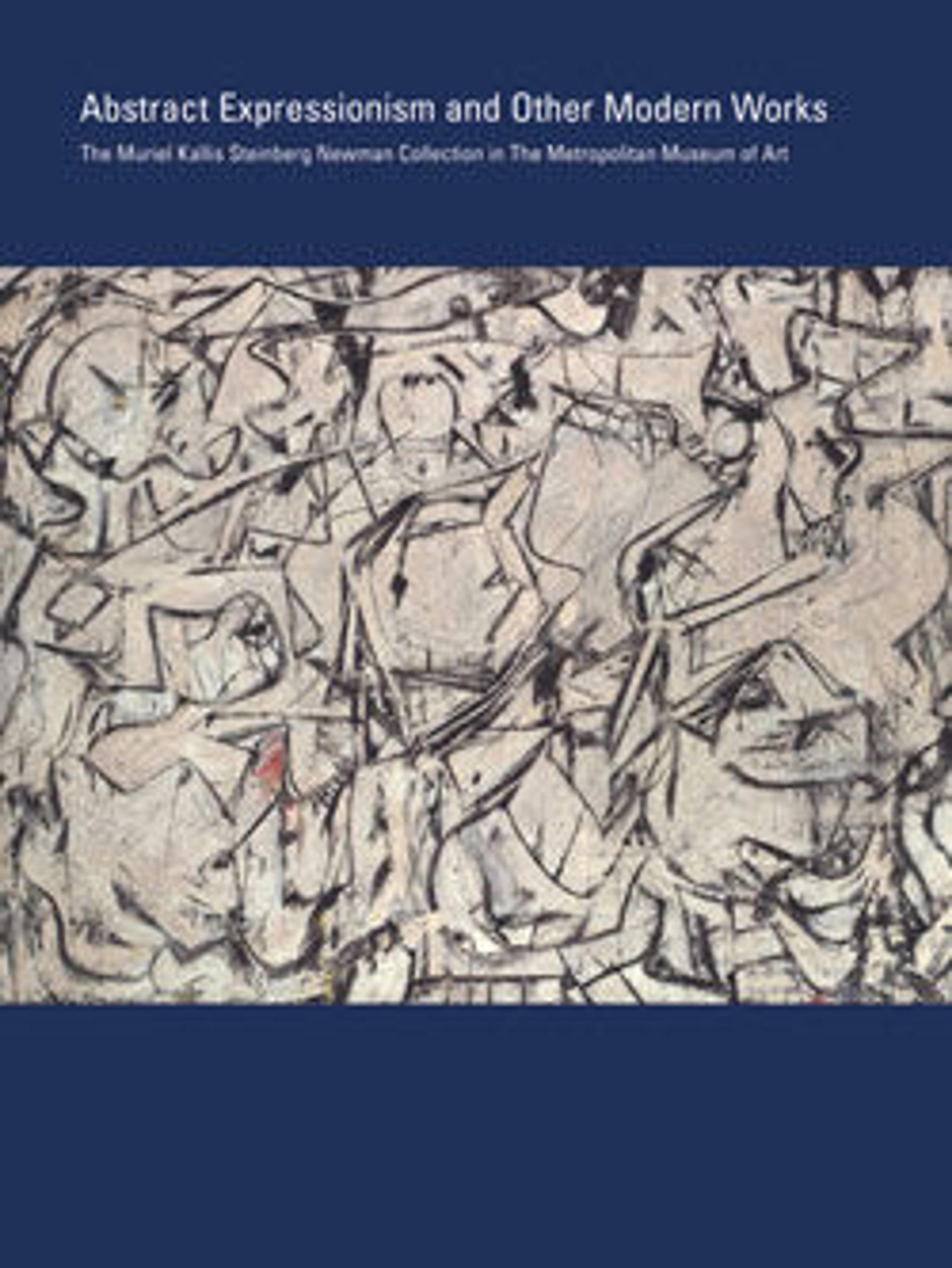Painting
After the Second World War, Guston taught in Iowa and Missouri, took a fellowship in Rome, and settled in Manhattan in 1950. Although he belongs to the first generation of Abstract Expressionists, his abstract style coalesced around 1951. Although critics were quick to compare him to de Kooning and Still, Guston’s early work lacked the violence seen among his colleagues. Instead, he produced delicate pictures, seemingly spontaneous, but carefully and organically structured, like Mondrian’s Pier and Ocean series painted with Cézanne’s constructive stroke. When this painting was shown at the Museum of Modern Art in 1956, the critic Leo Steinberg characterized it as “the afterimage of a flower garden fading on the inside of closed [eye]lids.”
Artwork Details
- Title:Painting
- Artist:Philip Guston (American (born Canada), Montreal 1913–1980 Woodstock, New York)
- Date:1952
- Medium:Oil on canvas
- Dimensions:48 × 51 in. (121.9 × 129.5 cm)
- Classification:Paintings
- Credit Line:The Muriel Kallis Steinberg Newman Collection, Gift of Muriel Kallis Newman, 2006
- Object Number:2006.32.25
- Rights and Reproduction:© Estate of Philip Guston
- Curatorial Department: Modern and Contemporary Art
More Artwork
Research Resources
The Met provides unparalleled resources for research and welcomes an international community of students and scholars. The Met's Open Access API is where creators and researchers can connect to the The Met collection. Open Access data and public domain images are available for unrestricted commercial and noncommercial use without permission or fee.
To request images under copyright and other restrictions, please use this Image Request form.
Feedback
We continue to research and examine historical and cultural context for objects in The Met collection. If you have comments or questions about this object record, please contact us using the form below. The Museum looks forward to receiving your comments.
